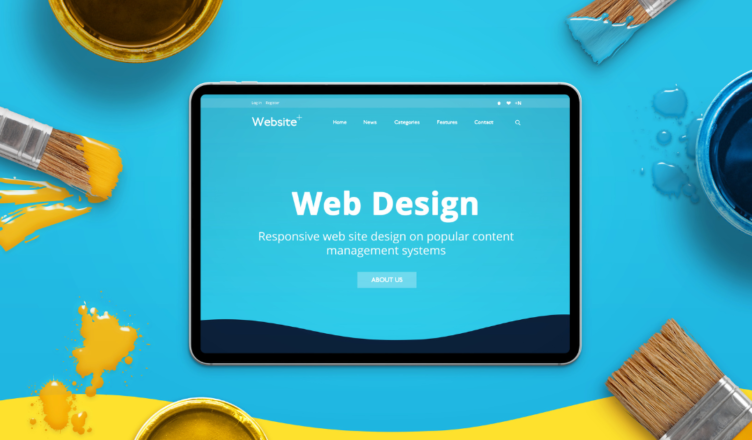In the fast-paced world of web browsing, first impressions are everything. With so much competing content vying for attention, you need a way to guide users towards the information that matters most. This is where visual hierarchy comes in as a critical element of effective web design.
What is Visual Hierarchy?
Visual hierarchy refers to the arrangement and presentation of elements on a webpage, creating a clear order of importance. It’s like a visual roadmap that directs users’ attention and guides them through your content in a specific way.
Why is Visual Hierarchy Important?
There are several key reasons why visual hierarchy is crucial for web design:
-
Enhanced User Experience (UX): A well-defined hierarchy makes it easier for users to navigate your website and find the information they’re looking for. This leads to a more positive and efficient user experience, which can ultimately increase engagement and conversions.
-
Improved Clarity and Readability: By prioritizing content through size, color, and spacing, visual hierarchy ensures users can scan and understand your message quickly. This is especially important in today’s world where attention spans are shorter than ever.
-
Boosted Conversions: By strategically placing calls to action (CTAs) within the visual hierarchy, you can effectively guide users towards taking the desired action, whether it’s making a purchase, subscribing to a newsletter, or contacting you for more information.
Creating Visual Hierarchy in Web Design
There are several design principles you can leverage to create a strong visual hierarchy:
-
Size: Larger elements naturally grab attention first. Use this to highlight important content like headings, CTAs, and key images.
-
Color: Strategic use of color can create contrast and draw the eye towards specific elements.
-
Contrast: Highlighting elements with contrasting colors or brightness levels makes them stand out from the background.
-
Spacing: Whitespace (empty space) creates visual breathing room and emphasizes the importance of surrounding elements.
-
Typography: Using different font sizes, weights, and styles can guide users through the content hierarchy.
By following these principles and understanding how users naturally navigate webpages, you can create a website that is not only visually appealing but also highly functional and user-friendly.
Conclusion
Visual hierarchy is a powerful design tool that can make a significant impact on your website’s success. By prioritizing your content and guiding users through a clear visual flow, you can ensure your message is seen, understood, and acted upon. So, the next time you design a website, make sure to leverage the power of visual hierarchy to create an exceptional user experience.

